How to Design a Multi-Level Landscape on a Slope
By Innovation Grounds
Designing a multi-level landscape on a slope is both a creative challenge and a rewarding opportunity to transform an uneven yard into a beautiful, functional outdoor space. Whether you’re dealing with a gentle hillside or a steep incline, a well-planned multi-tiered garden can prevent erosion, enhance usability, and boost your home’s curb appeal. Here’s a step-by-step guide on how to design a multi-level landscape on a slope, complete with practical advice, structural strategies, and design inspiration.
Assess the Slope and Soil Conditions
Before you start designing, assess the slope’s angle and soil type. This helps determine the best landscaping techniques and ensures safety and longevity. Use a level and measuring tools to understand elevation changes.
Tip: For steep slopes, professional input may be necessary to evaluate potential drainage issues and erosion risks.
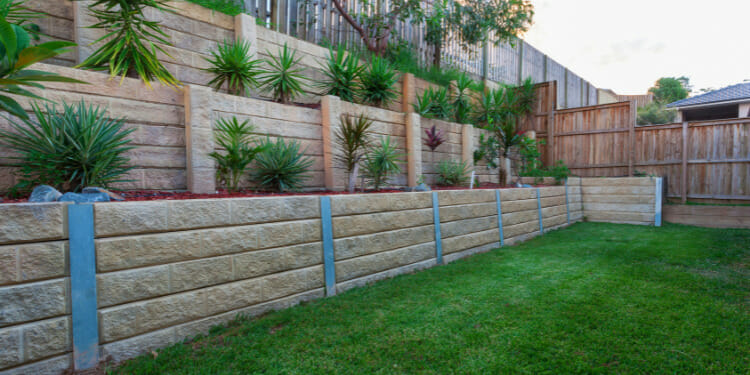
Plan for Retaining Walls and Structural Elements
Retaining walls are a core element in any multi-level landscape on a slope. They help hold back soil, define garden beds, and create usable flat areas.
Popular materials include:
Natural stone
Timber
Concrete blocks
Brick
Retaining walls should be both functional and decorative. Consider staggering walls at different heights to create visual interest and distinct zones.
Retaining wall tip: Use proper drainage behind walls to avoid hydrostatic pressure buildup, which can cause wall failure.
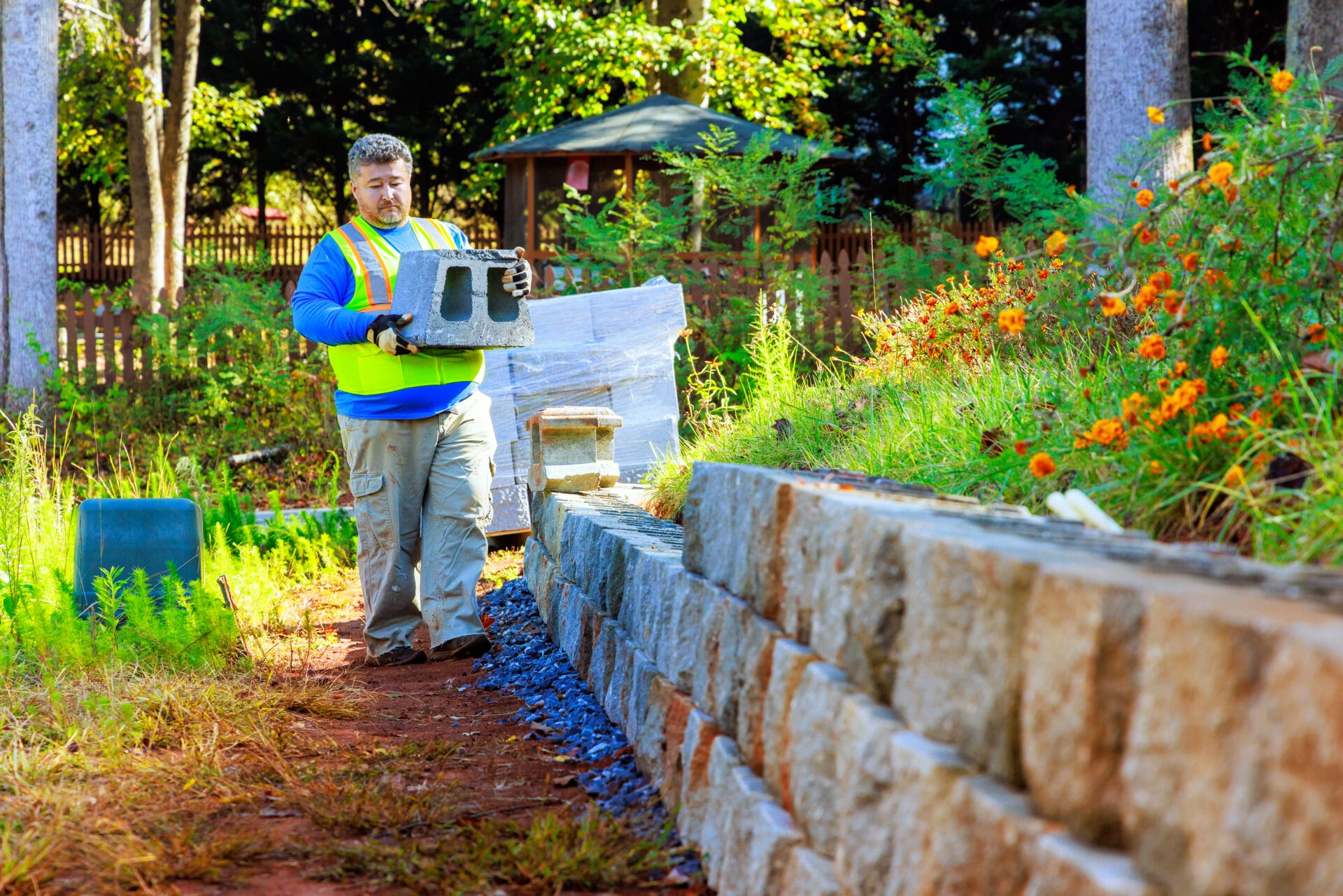
Incorporate Terracing for Usability and Beauty
Terracing is a traditional method used to convert sloped land into a series of step-like flat surfaces. Each “terrace” acts as a mini garden space, perfect for planting or seating areas.
Benefits of terracing:
Reduces soil erosion
Improves water absorption
Makes maintenance easier
Adds depth and dimension
Design tip: Vary the size and shape of terraces for a more organic and natural look.

Choose the Right Plants for a Sloped Yard
Plant selection is critical when landscaping steep slopes or building a tiered garden. Choose drought-tolerant, deep-rooted plants that can help anchor the soil and thrive in elevated, sometimes drier conditions.
Ideal plants for slope landscaping:
Creeping juniper
Sedum
Lavender
Ornamental grasses
Groundcovers like creeping thyme or vinca
Design tip: Use cascading plants near retaining walls for a soft, natural transition between levels.
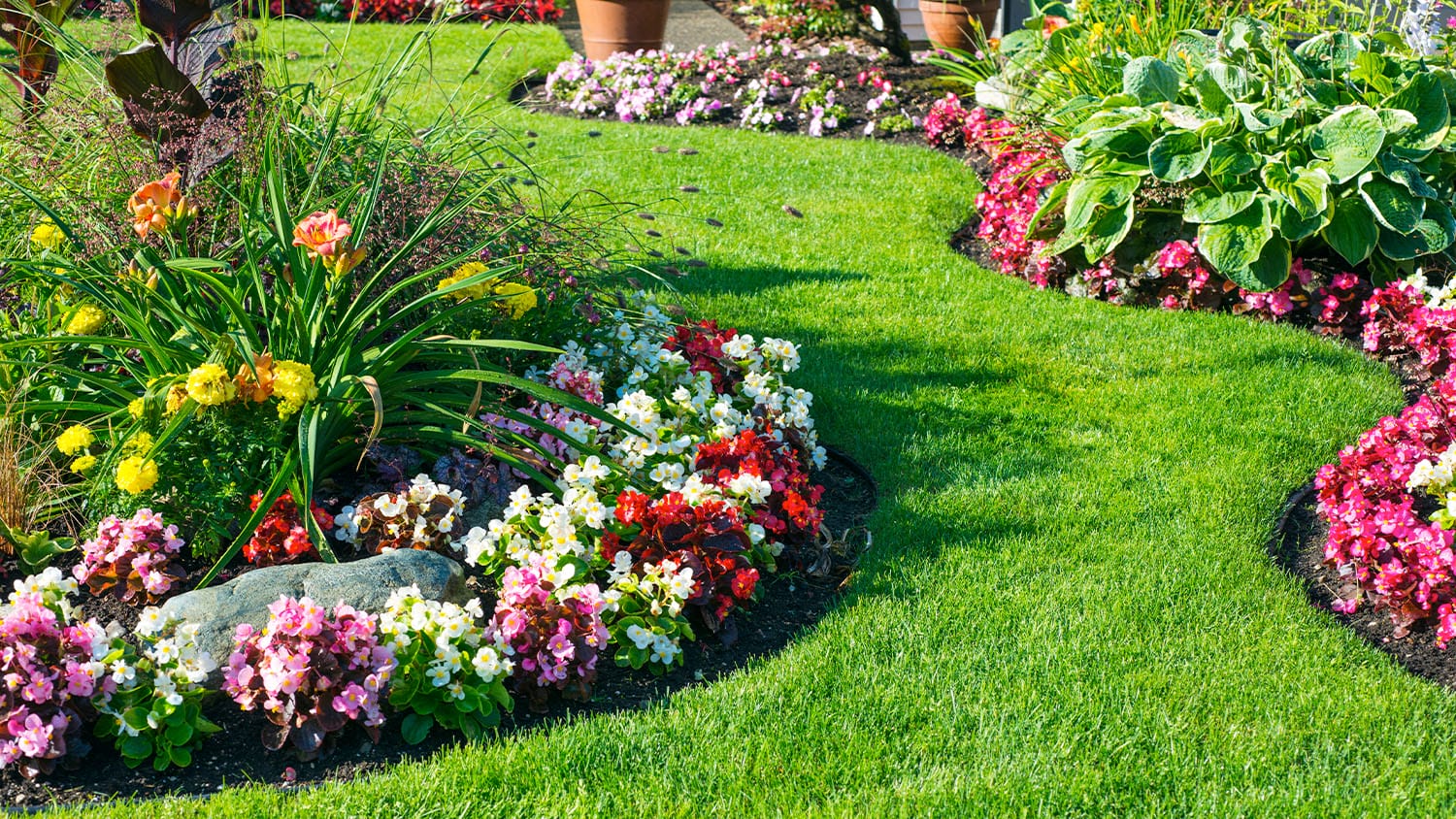
Create Functional Pathways and Access Points
Accessibility is key in multi-level landscaping. Build safe, attractive pathways that lead from one level to the next. Options include:
Stone steps
Gravel paths
Wooden stairs
Stepping stones
Add railings or low walls for safety if the slope is steep, and consider lighting pathways for nighttime visibility.
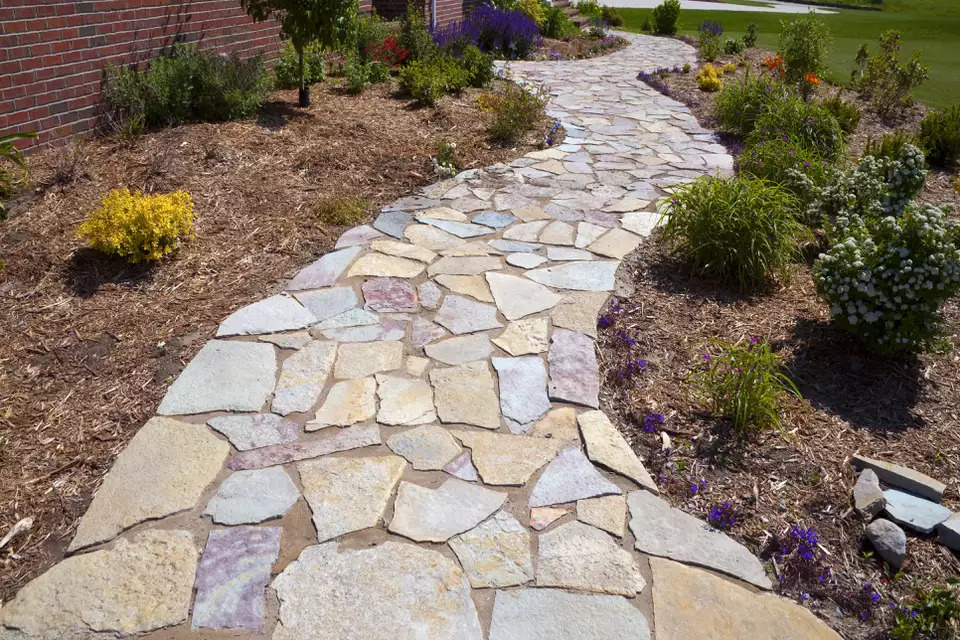
Add Design Features to Enhance Each Level
Each tier in your sloped yard can serve a different purpose. Consider designing each level with a specific theme or use in mind:
Top level: Deck, pergola, or lounge area
Middle level: Flower beds, water feature, or vegetable garden
Lower level: Play area, fire pit, or lawn space
Design tip: Use consistent materials across levels (e.g., matching pavers or planters) for a cohesive look.

Plan for Drainage and Irrigation
Water management is crucial when landscaping steep slopes. Without proper drainage, you risk erosion and water pooling.
Drainage ideas:
French drains
Gravel trenches
Perforated pipes behind retaining walls
Also, install drip irrigation to ensure plants receive consistent moisture without runoff.

Maintain Your Multi-Level Landscape
Once your multi-level landscape is complete, regular maintenance keeps it thriving. Tasks include:
Checking retaining walls for signs of wear
Pruning plants to prevent overgrowth
Refreshing mulch to reduce weeds
Monitoring for water runoff or drainage issues
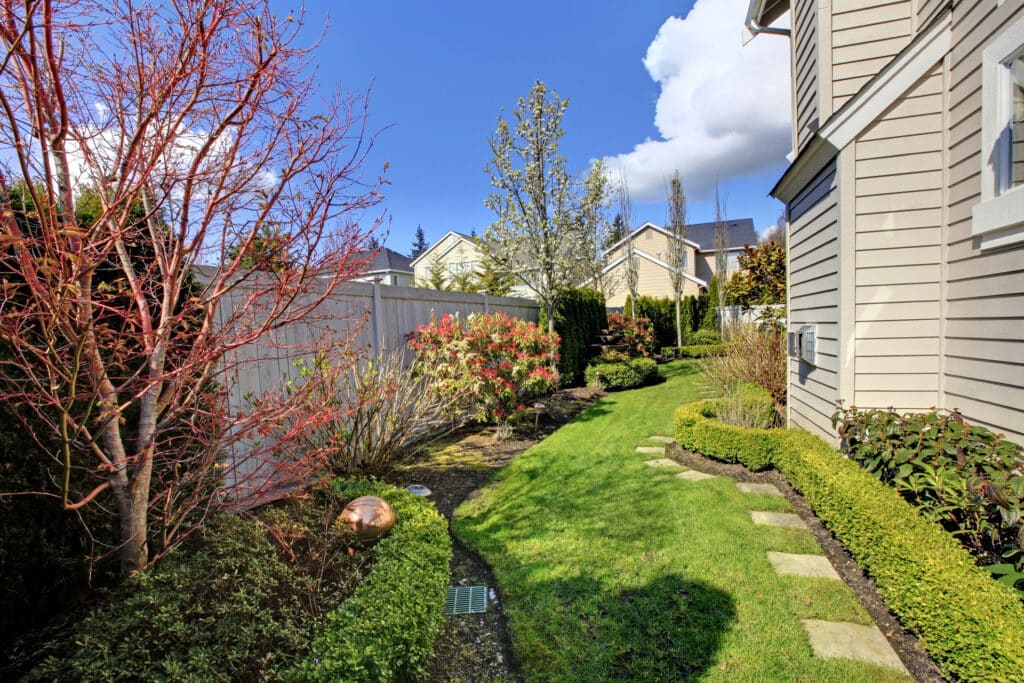
Final Thoughts
Designing a multi-level landscape on a slope allows you to turn a challenging space into a stunning, terraced outdoor sanctuary. With smart planning, the right plants, and functional design elements like retaining walls and pathways, your sloped yard can become the highlight of your property.


